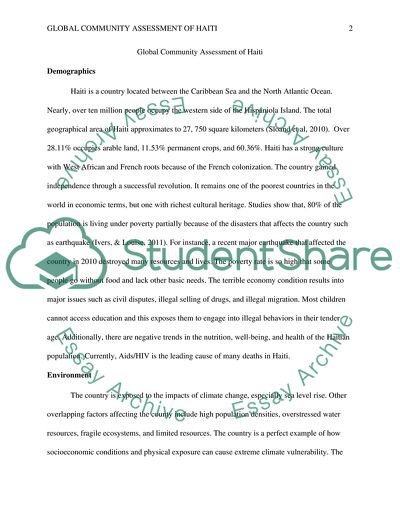Cite this document
(Global community assessment of Haiti Research Paper - 1, n.d.)
Global community assessment of Haiti Research Paper - 1. https://studentshare.org/medical-science/1802927-global-community-assessment-of-haiti
Global community assessment of Haiti Research Paper - 1. https://studentshare.org/medical-science/1802927-global-community-assessment-of-haiti
(Global Community Assessment of Haiti Research Paper - 1)
Global Community Assessment of Haiti Research Paper - 1. https://studentshare.org/medical-science/1802927-global-community-assessment-of-haiti.
Global Community Assessment of Haiti Research Paper - 1. https://studentshare.org/medical-science/1802927-global-community-assessment-of-haiti.
“Global Community Assessment of Haiti Research Paper - 1”. https://studentshare.org/medical-science/1802927-global-community-assessment-of-haiti.


